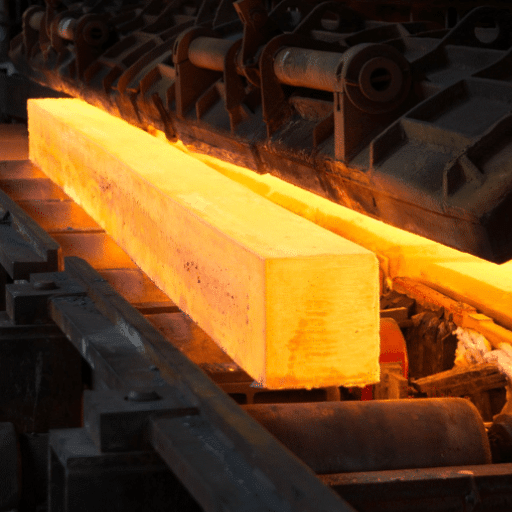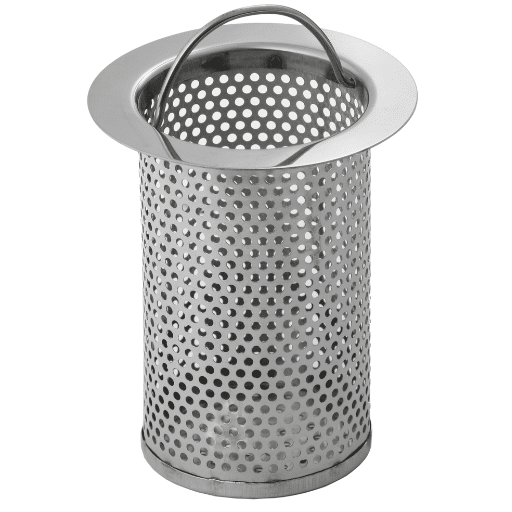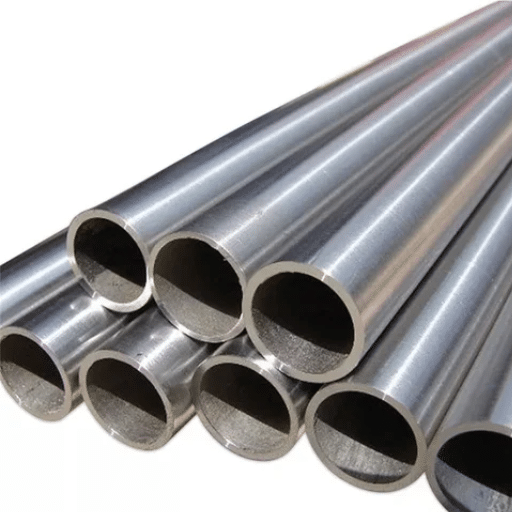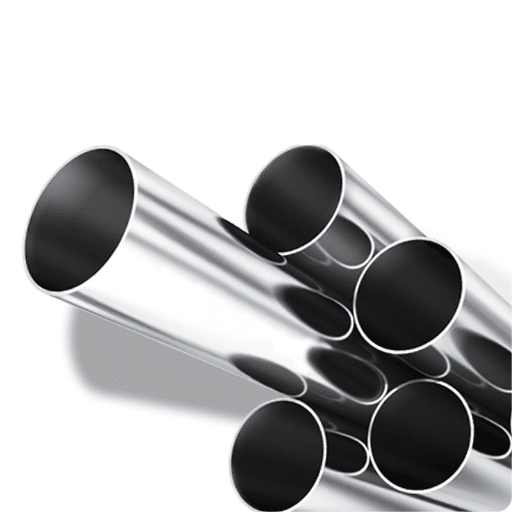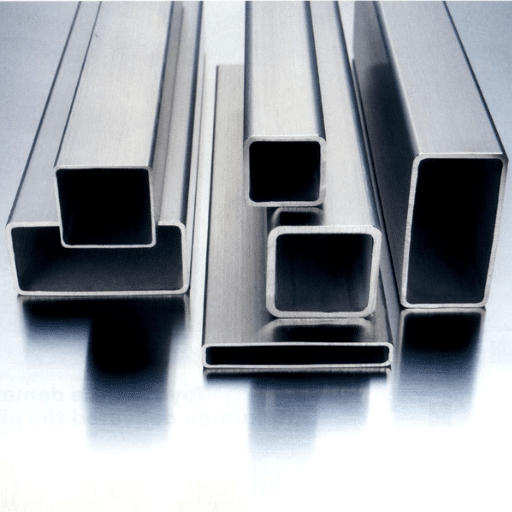From construction and automobile production to the aerospace sector and other industries, steel is a vital element. On the other hand, the wide variety of steel in terms of type and grade makes it very difficult to grasp the different characteristics of steel. SAE steel grades make this situation easier to manage.
The Society of Automotive Engineers had a major input in the founding of this classification system where steel is sorted into high and low grades according to the presence of elements and the purpose of use. If you are a professional in the industry or just want to know more about the physics of steel, this guide will provide you the knowledge and power to make wise choices.
Introduction to SAE Steel
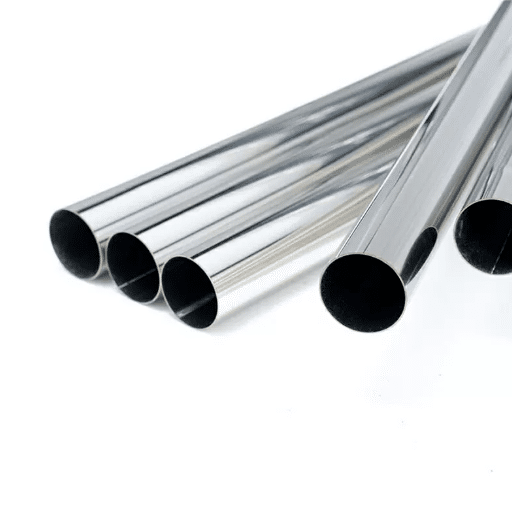
SAE steel denotes a classification system that was established by the Society of Automotive Engineers (SAE) for the uniform recognition of steel grades through their chemical makeup and characteristics. The system guarantees uniformity of identification and provides clear-cut descriptions, making the selection of the most suitable steel for particular applications easier for manufacturers and engineering professionals.
What is SAE Steel?
SAE steel is the name given to the classification system created by the Society of Automotive Engineers (SAE) which is used to recognize different steel grades. The SAE steel grading system divides steel according to its chemical composition and properties.
🔢 Four-Digit Code System:
- First Two Digits: Denote the main alloy elements
- Last Two Digits: Indicate the carbon content (in hundredths of a percent)
- Purpose: Simplifies production and guarantees steel fulfills distinct performance criteria
- Applications: Automotive, aerospace, construction, and more
Master Steel Selection with SAE Standards
Understanding SAE steel grades empowers you to make informed decisions for your projects, whether you’re selecting materials for automotive applications, construction projects, or specialized industrial uses. By mastering the four-digit classification system and understanding the properties of different steel types, you can optimize performance, durability, and cost-effectiveness.
🎯 Remember: The right steel grade can make the difference between project success and failure. Consider chemical composition, mechanical properties, application requirements, and industry standards to ensure optimal material selection for your specific needs.
🎯 Key Takeaways
- Four-Digit System: First two digits indicate alloy type, last two indicate carbon content (in hundredths of a percent)
- Main Categories: Carbon steels (10xx-15xx), Alloy steels (41xx, 43xx), Stainless steels (3xx, 4xx, 5xx), Tool steels (Txx, Mxx)
- Carbon Content Impact: Higher carbon = greater strength and hardness, but reduced ductility and weldability
- Common Grades: SAE 1018 (low-carbon), SAE 1045 (medium-carbon), SAE 4140 (chromium-molybdenum alloy), SAE 8620 (case-hardening)
- Stainless Steel Series: 300 series most popular (304, 316), 400 series magnetic with good wear resistance
- Global Standards: SAE system aligns with AISI, ASTM, EN, and JIS standards for international compatibility
- Sustainability Focus: HSLA steels reduce carbon emissions through lighter, stronger materials for modern applications
📊 Quick Reference: SAE Steel Grade Designations
| SAE Code | Type | Key Characteristics |
|---|---|---|
| 10xx | Carbon Steel | Plain carbon, no significant alloying elements |
| 11xx | Free-Cutting Steel | Resulfurized for improved machinability |
| 41xx | Chromium-Molybdenum | High strength and toughness |
| 43xx | Nickel-Chromium-Molybdenum | Superior toughness and strength |
| 51xx | Chromium Steel | Good hardenability and wear resistance |
| 86xx | Nickel-Chromium-Molybdenum | Excellent case-hardening properties |
| 304 | Austenitic Stainless | Excellent corrosion resistance, versatile |
| 316 | Austenitic Stainless | Marine-grade, chloride resistance |
| 410 | Martensitic Stainless | Magnetic, good strength and wear resistance |
✅ Steel Selection Guide
For Welding Projects
Choose low-carbon steels (SAE 1018, 1020) for excellent weldability and formability
For High Strength
Select medium to high-carbon or alloy steels (SAE 1045, 4140) for superior strength and durability
For Corrosion Resistance
Use stainless steels (304, 316) especially in marine or chemical environments
For Machining
Consider free-cutting steels (11xx series) for improved machinability and productivity
For Hardness & Wear
Use high-carbon or tool steels (1095, T1, M2) for cutting tools and wear-resistant applications
For Cost Efficiency
Plain carbon steels (10xx series) offer economical solutions for general-purpose applications
⚡ Importance of Steel Grading
Steel grading is a necessity for the correct material to be used in the application, thus showing the material’s mechanical and chemical properties as well as its performance. The developments in engineering and technology have made the selection of the right steel grade more important than ever.
Key Benefits:
- Safety & Efficiency: Guarantees compliance with industry norms
- Sustainability: Prevents unnecessary material use and extends product lifecycle
- Performance: High-strength steel for lightweight vehicles, durable grades for wind turbines
- Economic & Environmental: Addresses both cost concerns and environmental impact
🌍 Overview of Grading Systems
Steel grading systems are indispensable for determining the types and grades of steel by considering its composition and mechanical properties. The most important systems provide a common language for manufacturing, supplying, and engineering industries worldwide.
| System | Organization | Classification Method |
|---|---|---|
| AISI | American Iron and Steel Institute | Number-based system to represent alloy composition |
| SAE | Society of Automotive Engineers | Number-based system for alloy composition |
| ISO | International Organization for Standardization | Combines letters and numbers for chemical elements and performance standards |
🔍 Recent Trends: Google search data shows public interest is concentrated on renewable energy sectors (wind power, electric cars) and how classifications adapt to future material needs. Searches focus on practical advantages like lower costs, greater toughness, and minimum environmental footprint.
SAE Steel Grade Designation
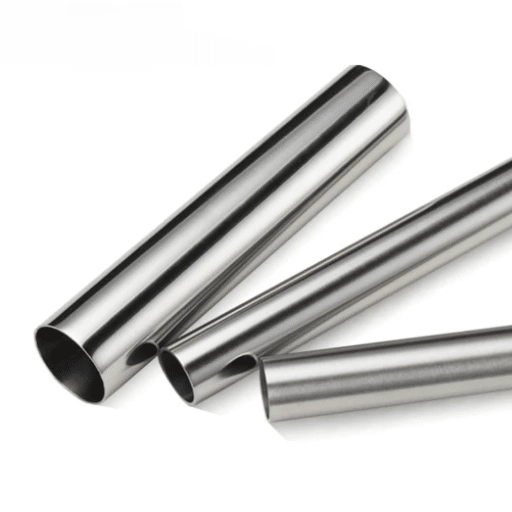
The SAE steel grade designation system is a widely accepted categorization technique that enables consumers and steelmakers to make their choices among different steel types for different uses.
Understanding the Four-Digit System
The SAE four-digit system is a classification and naming scheme that is universally adopted and based on the steel’s chemical composition.
First Two Digits
Indicate the type of steel and its main alloying component
Last Two Digits
Indicate the percentage of carbon in hundredths (e.g., 1020 steel = 0.20% carbon)
📊 Example: Steel Grade 1020
- 10: Carbon steel type
- 20: Approximately 0.20% carbon content
- Result: Low-carbon steel with good weldability and machinability
First Digit: Carbon Content
The initial numeral in the four-digit material classification system indicates the presence of carbon in the material, which is a very important aspect for the material’s properties.
| Carbon Level | Characteristics | Trade-offs |
|---|---|---|
| High Carbon | Very strong and hard | Reduced flexibility and weldability |
| Medium Carbon | Balanced strength and hardness | Moderate weldability |
| Low Carbon | Good ductility and weldability | Lower strength |
🔍 Search Trends: Engineers increasingly search for “best carbon content for weldable steel” and “sustainable materials with low carbon steel,” pointing to a trend of eco-friendly material selection.
Second Digit: Alloying Elements
The presence of alloying elements is very important for the properties and uses of steel. Common questions include “how do alloying elements affect steel properties?” and “optimal elements for corrosion resistance.”
Key Alloying Elements:
- Chromium: Increases resistance to corrosion (important in stainless steel)
- Nickel: Enhances ductility and toughness
- Manganese: Adds toughness and wear resistance
- Molybdenum: Provides high-temperature strength
- Vanadium: Improves strength and grain refinement
Types of Steel in SAE Grading
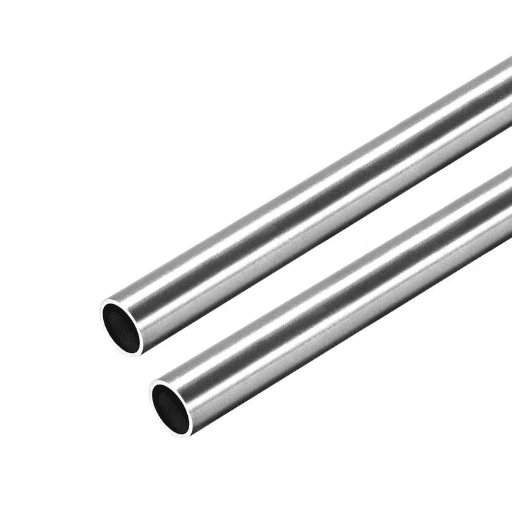
🔩 Carbon Steels (10xx – 15xx)
Carbon is the major alloying element with very low amounts of other elements.
Examples:
• 1010: Low-carbon steel with good ductility and weldability
• 1045: Medium-carbon steel providing strength
⚙️ Alloy Steels (41xx, 43xx)
Includes chromium, nickel, molybdenum, and vanadium for improved properties.
Example:
• 4140: Great fatigue strength and toughness
✨ Stainless Steels (3xx, 4xx, 5xx)
Contains chromium and nickel for corrosion resistance and high-temperature performance.
Examples:
• 304: Remarkable corrosion resistance
• 410: Strength and durability
🔨 Tool Steels (Txx, Mxx)
Designed for hardness and edge retention under high temperatures and stress.
Examples:
• T1, M2: Industrial cutting applications
Carbon Steel and Its Variants
Carbon steel, which is among the most common types of steel, classification is based on its carbon content and properties. The three main subcategories provide different characteristics for various applications.
| Type | Carbon Content | Properties | Applications |
|---|---|---|---|
| Low Carbon Steel | < 0.3% | Very malleable, excellent weldability | Construction, automotive |
| Medium Carbon Steel | 0.3% – 0.6% | Balance of strength and hardness | Gears, machine parts |
| High Carbon Steel | > 0.6% | Very hard, wear-resistant | Cutting tools, springs |
Alloy Steel: Composition and Characteristics
Alloy steel is defined as steel enriched with different alloying elements like chromium, nickel, vanadium, molybdenum, or manganese, resulting in better mechanical and chemical properties.
Element Effects:
- Chromium: Increases hardness and corrosion resistance
- Nickel: Provides greater ductility
- Molybdenum: Responsible for high-temperature strength
- Manganese: Creates harder surface with slower wear
Typical Applications:
- Power generation parts
- Automotive components
- Construction industry tubes and tools
- High-performance machinery
Tool Steel: Applications and Properties
🔪 Cutting Tools
Applications: Drills, taps, milling cutters, and lathe tools
Properties: Very hard, good cutting edge retention, withstands high temperatures during processing
⚒️ Forming Tools
Applications: Punches, dies, and extrusion tools
Properties: Superior compressive strength and wear resistance for high-pressure forming operations
🏭 Mold Making
Applications: Plastic molds, die-casting molds, and glass molds
Properties: High toughness, thermal fatigue resistance, capability to keep shape during repeated cycles
✂️ Shear Blades
Applications: Shearing and cutting of sheet metal
Properties: Long-lasting edge, capacity to endure mechanical stress from repetitive use
⚙️ Wear-Resistant Components
Applications: Bearings, bushings, and guide rods
Properties: Excellent resistance to wear and abrasion, prolonged life span in high-demand environments
Common SAE Steel Grades
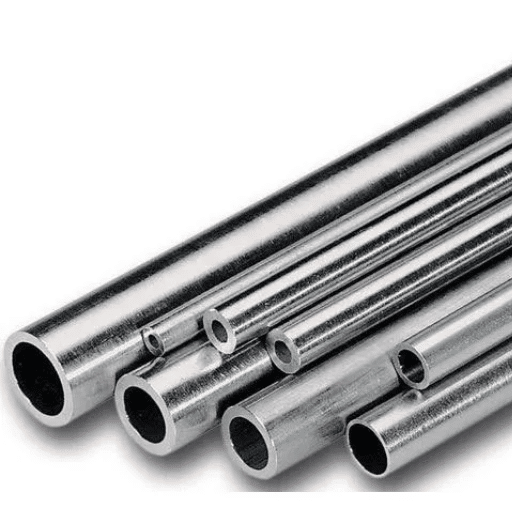
SAE 1018
Type: Low-Carbon Steel
Favorite among manufacturers for good welding, machining, and overall finishing properties.
Applications: Mechanical, structural, low-stress parts
SAE 1045
Type: Medium-Carbon Steel
Synonymous with strength and toughness, grants combination of durableness and machinability.
Applications: Machinery, gears, moderate wear parts
SAE 4140
Type: Chromium-Molybdenum Alloy
Characteristically strong, hard, and impact resistant for demanding applications.
Applications: Axes, crankshafts, heavy-duty tools (agricultural, automotive, aerospace)
SAE 8620
Type: Low-Alloy Steel
Most prominent characteristic is superior case hardening capability.
Applications: Surface-hardened parts: gears, cams, fasteners (hard outer, tough core)
High Carbon Steel Grades
High carbon steel grades usually have a carbon content between 0.60% and 1.0%. The high carbon content is the main reason for superior hardness and strength, making them ideal for very demanding applications.
🔪 SAE 1095 Steel
One of the most popular high carbon steels due to its great edge retention and durability.
Applications: Knives, swords, and other cutting tools requiring exceptional sharpness
⚡ SAE 5160 Steel
A chromium-containing spring steel highly valued for its resilience and shock resistance properties.
Applications: Springs, high-stress mechanical components
⚠️ Important Consideration
The high carbon content in these steels has a negative effect on their ductility, so they must be treated very carefully during heat treatment to keep their strength without making them brittle. However, new manufacturing processes and alloying techniques help these steels maintain their importance in industries requiring accurate and strong components.
Low Alloy and High-Strength Low-Alloy Steels
Low-Alloy Steels and High-Strength Low-Alloy (HSLA) steels are designed to find an ideal combination of strength, toughness, and wear and corrosion resistance. The amount of alloying elements in these steels is kept less than 5% generally.
Key Characteristics:
| Feature | Description |
|---|---|
| Alloying Elements | Less than 5% (chromium, molybdenum, nickel) |
| Strength-to-Weight Ratio | Upper limit in strength while maintaining lightness |
| Primary Applications | Automotive production, construction, pipelines |
| Environmental Impact | Reduces carbon emissions through lighter, stronger materials |
🌱 Sustainability Benefit: Industries striving to lower carbon emissions heavily rely on HSLA steels for manufacturing lighter and stronger materials, which means less energy is used during transportation and production. This satisfies both economic and environmental requirements.
Stainless Steel Grades in SAE
200 Series
Composition: Chromium, manganese, and nickel alloys
Cost: Lower price than 300 series
Applications: Utensils, cookware, moderate corrosion resistance needs
300 Series ⭐
Most widely used group of stainless steels
Grade 304: Excellent corrosion resistance, versatile use in food processing to architecture
Grade 316: Higher chemical resistance including chlorides, compatible with marine environments
400 Series
Composition: Chromium-only types, generally magnetic
Properties: Good wear resistance, lower corrosion resistance than 300 series
Applications: Automotive emissions systems, cutlery
Comparison with Other Grading Systems
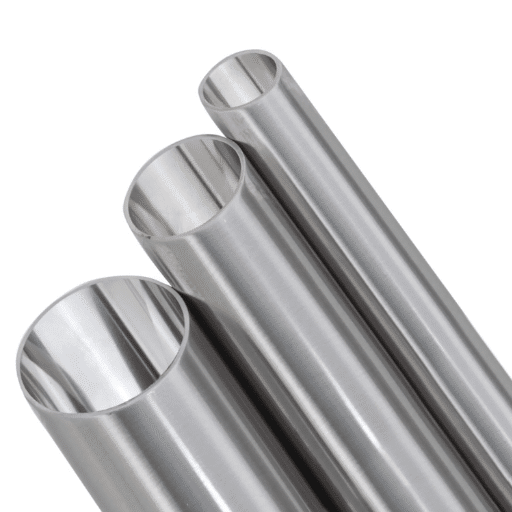
In the arena of stainless steel grading systems, there are some globally known alternatives that are widely accepted worldwide, each with distinct nomenclature that can sometimes cause confusion in material selection.
SAE vs. AISI Designation
The major difference between SAE (Society of Automotive Engineers) and AISI (American Iron and Steel Institute) designations is in their historical usage and application.
| Aspect | AISI | SAE |
|---|---|---|
| Historical Role | Originally set steel composition standards | Mainly responsible for upkeep of standards |
| Current Usage | Still used, but less frequently | More frequently referenced, especially globally |
| Classification Basis | Chemical makeup and mechanical properties | Chemical makeup and mechanical properties |
🔍 Trend: The move towards SAE branding from AISI reflects the industry’s inclination towards standardized global practices and high-performance materials.
ASTM Standards and Their Relevance
ASTM International (American Society for Testing and Materials) has been a key player in establishing and regulating quality and performance standards across different industries.
Key Importance:
- Consensus Development: Standards developed carefully through consensus
- Regular Updates: Updated in accordance with technological advancements
- Safety & Durability: Ensures materials in infrastructure projects are safe and durable
- Global Interoperability: Opens door for worldwide material compatibility
- Innovation Support: Promotes trustworthiness and legal compliance
📊 Application Sectors: Construction, manufacturing, environmental safety, and infrastructure development
Global Comparison of Steel Grading
| Region/System | Standards | Classification Method |
|---|---|---|
| United States | ASTM, SAE | Chemical composition and mechanical properties |
| Europe | EN (European Norms) | Alphanumeric codes for chemical composition and applications |
| Japan | JIS | Japanese Industrial Standards system |
| International | ISO | Unified global standards for international trade |
⚠️ Challenge: While different systems serve the same purpose of guaranteeing reliability, safety, and performance, the differences bring out difficulties in global unification of steel trade practices, making understanding and compliance with localized grading requirements crucial during international collaborations.
References
-
Google Books: Advanced materials in automotive engineering
An authoritative guide on advanced materials, including SAE steel grades, used in automotive engineering. -
JSTOR: Development of New Microalloy Steel Grades for Lightweight Suspension Systems
This study compares new steel grades with conventional SAE grades like SAE 5160 and SAE 9259.
Frequently Asked Questions (FAQ)
What exactly does the SAE grading system for steel grades consist of?
To put it simply, the SAE grading system is an official classification method laid down by the Society of Automotive Engineers that classifies steel according to the latter’s chemical composition and properties. A four-digit numerical index is utilized; the first digit signifies the type of steel, whereas the last two digits generally denote the carbon content in very small percentages (hundredths of a percent).
What method is used to denote the SAE steel grades?
Steel grades that have been assigned according to the SAE system are identified with a four-digit numeral that gives the nature of the steel in detail. The first numeral shows the principal alloying material, the second numeral can signify the exact steel type or the processing method used, and the last two numerals show the carbon content. This quick understanding of the steel’s characteristics is what makes the power of users.
What are steel grades that differentiate from each other?
Divisions of steel grades comprise different categories such as carbon steel, alloy steel, stainless steel and tool steel. Each grade of steel exhibits certain characteristics caused by the chemical setup and use of alloying elements like chromium, molybdenum and nickel, thereby defining its applications in industries similar to the automotive and marine ones.
What do the last two digits in the designation of SAE steel grades tell?
The last two digits of the SAE steel grades represent the percentage of carbon in the steel, which is expressed in hundredths of a percent. To illustrate, if a steel is labeled as 1045, that means it has around 0.45% carbon, which is a crucial factor determining its strength, hardness, and overall suitability in various applications.
Which are the main alloying elements in alloy types of steel grades?
Main alloying elements in most cases can be include chromium, nickel, molybdenum, and vanadium. Strength, toughness and corrosion resistance are some of the properties that these elements enhance, thus making the alloy steels applicable in the most rigorous situations like automobile parts and machinery.
What are the main differences between the SAE steel grading system and ASTM standards?
Both SAE and ASTM have standards for steel grades, but the SAE grading system has placed greater emphasis on the chemical composition and properties of the grades for automotive and engineering applica-tions. ASTM (American Society for Testing and Materials), on the other hand, supports a smaller number of narrower specifications that cover metals, plastics, and textiles, with an emphasis on performance and safety.
What is the carbon content range, in percentages, for high carbon steel grades?
Carbon percentage content wise, high carbon steel grades would typically be within a 0.60%-1.00% or higher range. Due to this larger carbon percentage, the resulting steel will have a very hard and wear-resistant material which is exactly why high carbon steels are used in metals like cutting tools, springs, and high-strength components.
What are the various applications that make use of stainless steel grades?
Usages of stainless steel grades, especially that of austenitic stainless steel are seen in applications where resistance to corrosion is a key requirement like, for instance, in kitchen utensil manufacturing, medical instruments, and marine environments. These materials being oxidizin’ and tarnish-resistant make them handy in a double way(being aesthetic as well as functional) across industries.
What are some usual specifications concerning chromium and chromium-nickel stainless steel?
Specifications for chromium and chromium-nickel stainless steels include ASTM A240 for plate and sheet products which details the required chemical composition, mechanical properties, and testing methods main requirements. These standards are the ones that ensure the materials’ being in conformity to the requirements regarding durability and performance in various applications.


